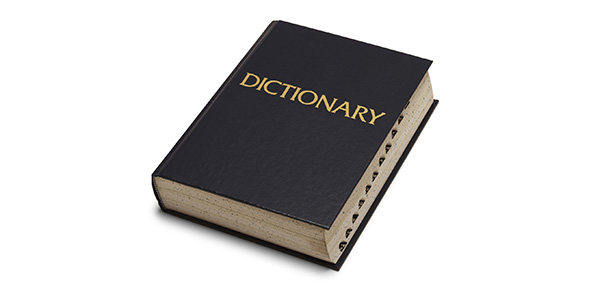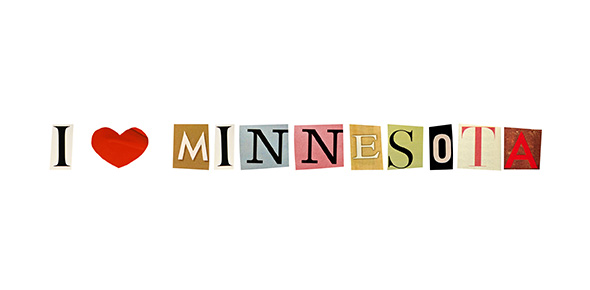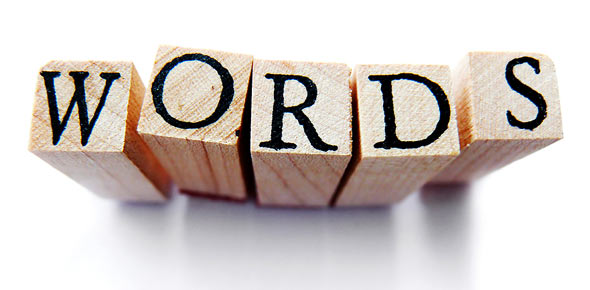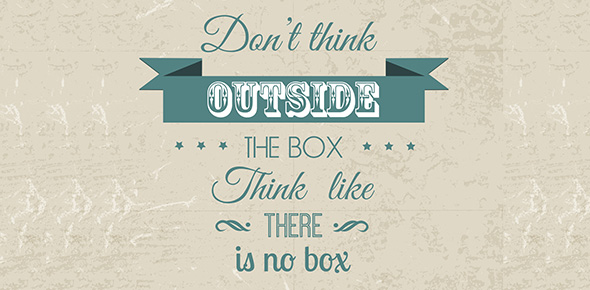Related Flashcards
Related Topics
Cards In This Set
| Front | Back |
|
Comparative advantage
|
A situatition in which a person or country can produce a specific product at a lower oppertunity cost then some other person or country; the bias for specialiation and trade
|
|
Terms of trade
|
The rate at which units of one product can be exchanged for units of another product; the price of a good or service; the amount of one good or service that must be given up to obtain one unit of another good or service
|
|
Foreign exchange market
|
A merket in which the money (curency) of one nation can be used to purchase (can be exchanged for) the money of another nation; currency market
|
|
Exchange rates
|
The rate of exchange of one nation's currency for another nation's currency
|
|
Depreciation
|
An estimate of the amount of capital worn out or used up (consumed) in producing the gross domestic product; also called consumption of fixed capital
|
|
Appreciation (of the doller)
|
An increase in the value of the doller relative to the currency of another nation, so a doller buys a larger amount of the foreign currency and thus of foreign goods
|
|
Protective tariffs
|
A tariff designed to shield domestic producers of a good or service from the competition of foreign producers
|
|
Import quotas
|
A limit imposed by a nation on the quantity (or total value) of a good that may be imported during some period of time
|
|
Nontariff barriers
|
All berriers other then protective tariffs that nations erect to impede international trade, imcluding import quotas, licening requirements, unreasonable product-quality standards, unessary bureacratic detail in customs procedures, and so on
|
|
Export subsidies
|
Government payment to domestic producers to emable them to reduce the price of a good or service to foreign buyers
|
|
Smoot-Hawley Tariff Act
|
Legislation passed in 1930 that established very high tariffs. Its objective was to reduce imports and stimulate the domestic economy, but it resulted only in retaliatory tariffs by other nations.
|
|
Reciprocal Trade Agreements Act
|
A 1934 Federal law that authorized the president to negotiate up to 50 percent lower tariffs with foreign nations that agreed to reduce their tariffs on U.S. goods (such agreement incorporated the most-favored-nation clause)
|
|
Normal-trade-relations status
|
A designation for countries that are allowed to export goods and services into the United States at the lowest tariff rates available to any other country allowed to export those goods to the United States; until recently, this was called most-favored nation status
|
|
General Agreement on Tariffs and Trade
|
The internations agreement reached in 1947 in which 23 nations agreed to give equal and nondisciminatory treatment to one another, to reduce tariff rates by multinational negoatiations, and to eliminate import quotes (it now includes most nations and has become the World Trade Organization)
|
|
World Trade Organization
|
An organization of 153 nations (as of fall 2008) that oversees the provisions of the current world trade agreement, resolves trade disputes stemming from it, and holds forums for further rounds of trade negoations
|








